Hanfu is a catch-all term for clothing that spans a very wide time period, and as a result can have many variations. But what styles of hanfu come from what time periods specifically? What are the characteristics that can help identify what dynasty most likely inspired which hanfu? In truth, while there’s a lot of speculation and artistic license taken by designers, the most popular styles of hanfu from each of the dynasties are very easy to tell apart. Let’s jump in chronologically.
Han 漢朝 (206 BCE–220CE)
The Han Dynasty is the dynasty that hanfu gets its name from, as well as the term hanren (the han people, the dominant ethnicity in China). It’s only one of the various dynasties from which hanfu can come from, but it’s one of the older ones and is also pretty easily recognizable.
A lot of the most popular han dynasty styles are zhishen, or one-piece robes that go down to the floor and wrap around the body. One of the most commonly seen versions of this is the quju, the curved-hem robe, with an iconic asymmetrical hem. Versions of this robe can be seen in a lot of historical dramas, such as the little quju (worn with an underskirt) and the short quju.
For Han dynasty clothing, look for one-piece robes that are one color from the shoulder to the hem. The skirts tend to stick closer to the body up until the knee or the ankle before they flare out, and the neckline of the outer robe is typically very low, but worn with several layers underneath so that everything up to the neck is covered with visible layers of fabric. Sleeves are usually wide as well, but more rectangular and not belling out.
Northern and Southern 南北朝 (386–581CE)
This dynasty was a very short time period over a timespan in which the government changed hands several times, very quickly. It occurred near the time set by the Romance of the Three Kingdoms, and was directly adjacent to the Wei and Jin dynasties. During this time a lot of cultural integration happened, so the span of clothing that the ancient Chinese wore expanded a lot and also influence the future dynasties’ fashion trends as well.
This kind of hanfu is one of my personal favorites—the duijin daxiushan, or matched-collar large-sleeved top, worn under the skirt and over a moxiong or a sort of flat top that went around the chest. The most recognizable feature of this kind of hanfu is that the collar of the daxiushan doesn’t cross over itself or go straight down but instead gets tucked into the skirt in a sort of v-shape, exposing the collarbones and part of the shoulder.
The southern/northern period’s daxiushan tends to have a taped hem with intricate embroidery that allows it to stand up and maintain its shape at the collar. Many hanfu sets inspired by this dynasty also include a small flat overskirt that can be worn either at the waist or above the chest as an outer layer to provide some asymmetry to the oufit.
Tang 唐朝 (618–907CE)
As one of the most culturally diverse times and places in history, ancient China during the Tang dynasty has some of the most beautiful and vibrant styles of hanfu out there. The Tang dynasty was extremely progressive, so open-minded that foreigners could not only work for the government but even become high-class government officials, something that many countries even today don’t allow. You’ll see all kinds of wacky hairstyles and of course the iconic eyebrow shapes and lip colors in this dynasty.
The qixiong style, with the skirt worn above the chest, became very popular with women during the Tang dynasty. Look for qixiong ruqun with flowy, ethereal fabric usually patterned with floral or geometric motifs and colored very vibrantly. Also look for the pibo, a long, elegant sort of shawl or scarf that women carried. They would trail behind them as they moved and offer an air of grace, emphasizing the flow of the fabric. Pibo can be worn around the elbows, over one shoulder, around the neck, and in many other ways.
This is also the time period during which the yuanlingpao became popular for women, and also when the development of many other hanfu styles became prominent, but if I were to explain all of the hanfu styles in the Tang dynasty it’d take a whole book to get through, so let’s move on!
Song 宋朝 (960–1279CE)
Next is the Song dynasty, which is known for the prominence of—surprisingly—pants. Trousers as a part of shuhe or daily work clothes were worn throughout all of history, as they were simply easier to move around and get work done in, but the songku, named specifically after the Song dynasty, is a special kind of pant that’s a little different from the daily type. Usually they’re multi-layered as well and very flowy, mimicking the aesthetic of skirts, and became very popular with women.
A lot of hanyuansu also makes use of the songku design for adapted hanfu. For other Song dynasty hanfu, look for a moxiong, or flat piece over the chest, paired with an outer layer like a beizi. One-piece robes like the lanshan were also popular for men.
The Song dynasty’s textile industry was also one of the most diverse and plentiful of all the dynasties. Ways of manufacturing silk and other textiles were at their prime, and commerce was good for a lot of fabric merchants and traders out there. Expect very expensive and good quality fabrics with various textures from the Song dynasty, though of course recreations today often just use polyester so we don’t have to break our backs trying to pay for them.
Ming 明朝 (1368–1644CE)
The Ming dynasty occurred during the Little Ice Age, a time in history when the average temperature around the world went down. As a result, a lot of the winter wear you’ll see being offered today by stores happens to come from the Ming dynasty. On the other hand, the silhouette of the Ming dynasty is extremely easy to recognize.
Unlike the waistline of the previous dynasties, which cinched the figure at either the waist or above the bust, Ming dynasty hanfu tends to follow the pattern of the aoqun, which combines a skirt (usually mamianqun) with a long top called the ao that goes straight down the body without being tucked inside the skirt. This kind of top can be long or short, and typically has pipa sleeves, sleeves in the shape of a kind of chinese lute called the pipa. It can be cross-collar, round-collar, or square-collar sometimes, and is typically either fastened at the shoulder or down the center.
Aoqun can be decorated with yunjian, embroidered accessories that go over the shoulders, or bijia, long sleeveless vests worn over the ao. Lots of Ming dynasty hanfu is fur-lined or thicker in shape, allowing for more layers for warmth. The yuanlingpao was also pretty popular during the Ming dynasty, especially for men. The Ming dynasty was the last dynasty ruled by the Han people.
Qing 清朝 (1644–1911CE)
The Qing dynasty was the last dynasty in chinese history, but it happened after the fall of the Ming dynasty and was primarily ruled by the Manchurians. Ironically, it’s also where the qipao or cheongsam, the most iconic sort of ‘chinese traditional wear’ prevalent in the world, comes from.
Look for the mandarin collar, a rounded collar that stands up against the neck, and frog ties, closures made by knotted loops and a peg that’s inserted through the loop. Often there’s the iconic asymmetrical neckline that comes down from the side of the neck diagonally down to the armpit. While clothing from the Qing dynasty isn’t typically regarded as hanfu, it’s good to be able to recognize the difference—and those who find Qing dynasty clothing beautiful are also free to wear it!
Of course, different styles of hanfu often cross dynasties and don’t necessarily have a very clear-cut tie with each time period. Yuanlingpao, for example, were worn across almost all the dynasties. These are just the styles most commonly correlated with each dynasty, and some of the reasons why they were worn, as well as how to recognize them.
Regardless, the hanfu from all the dynasties have their own unique flair and share a cultural root—all are beautifully adapted from what sources we have into our modern methods of production, and next time you browse for your next hanfu set, I hope you’ll find yourself recognizing hanfu from each of the different dynasties!
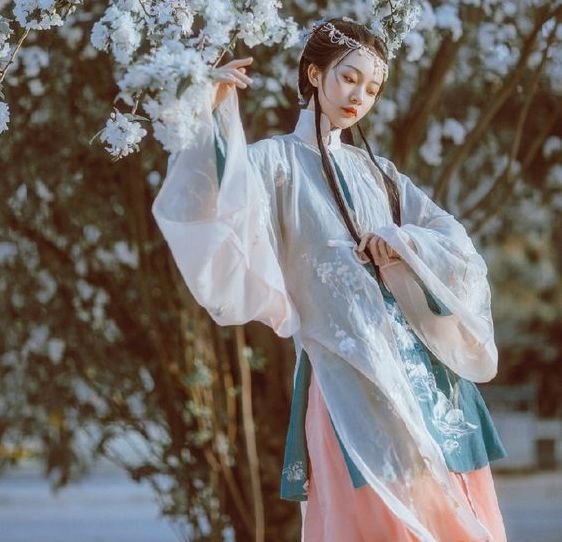
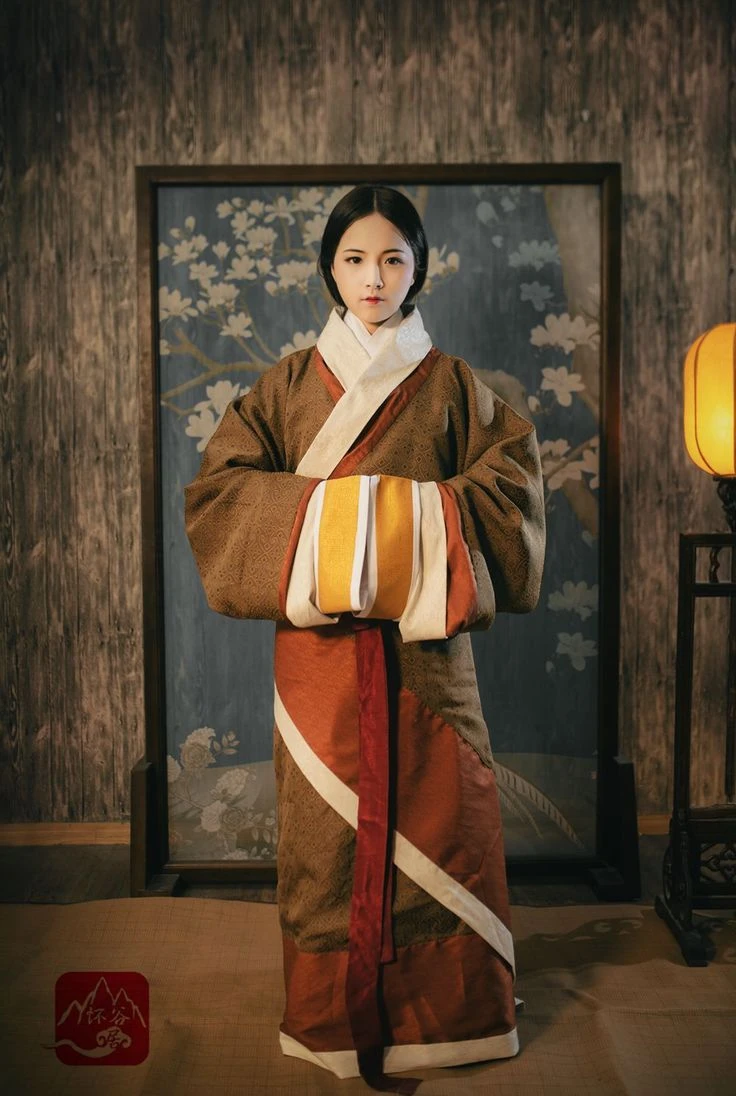

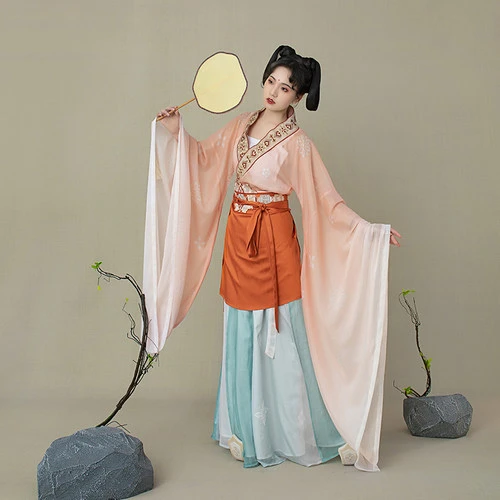
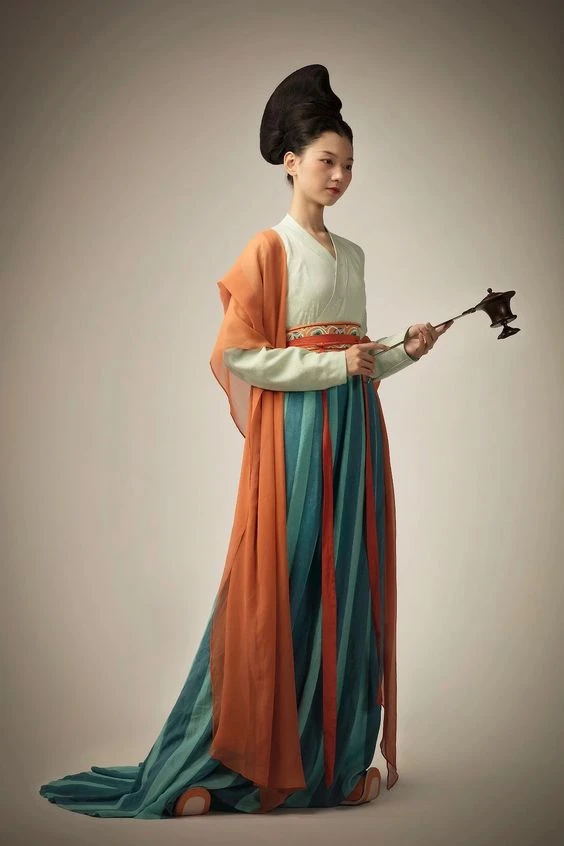
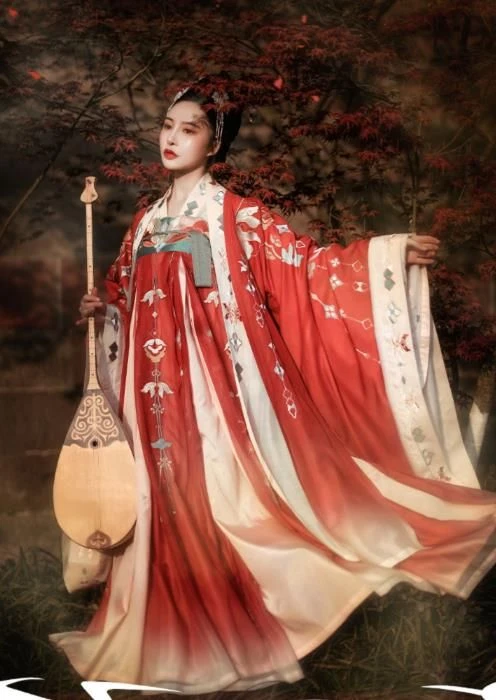
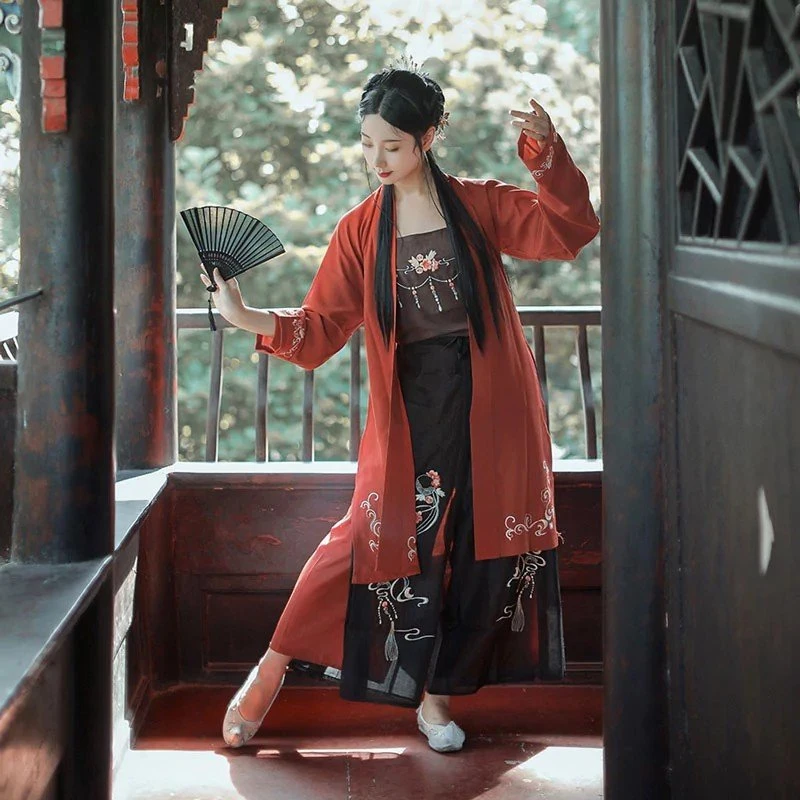
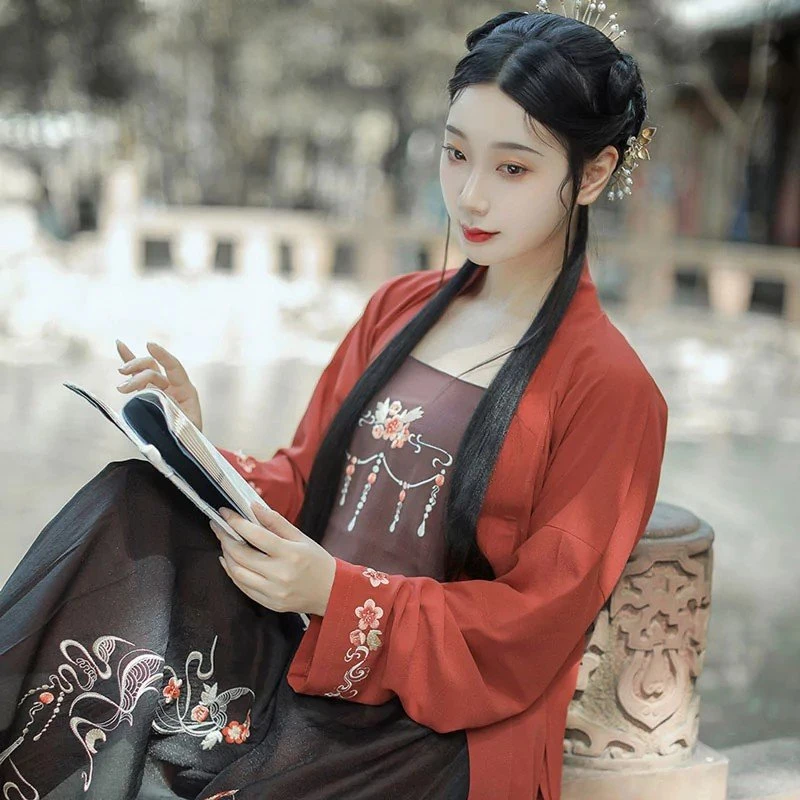
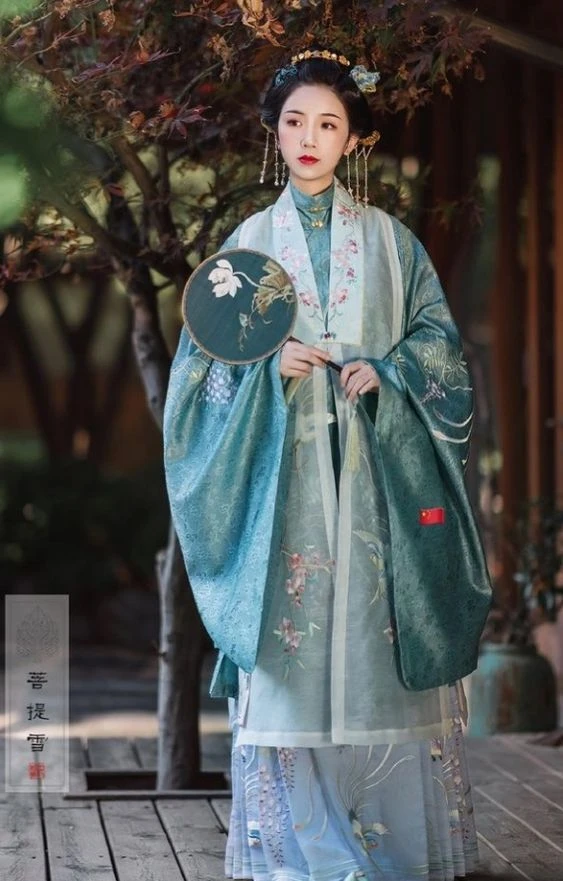
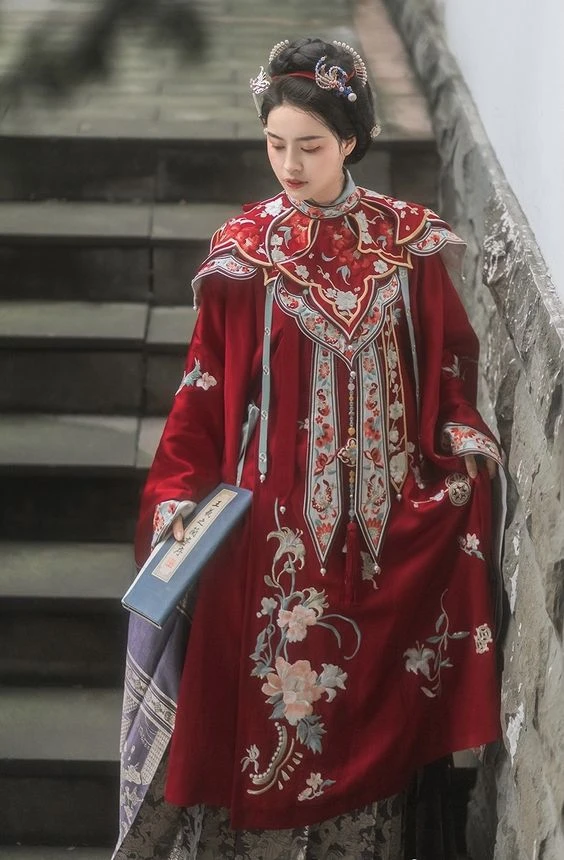
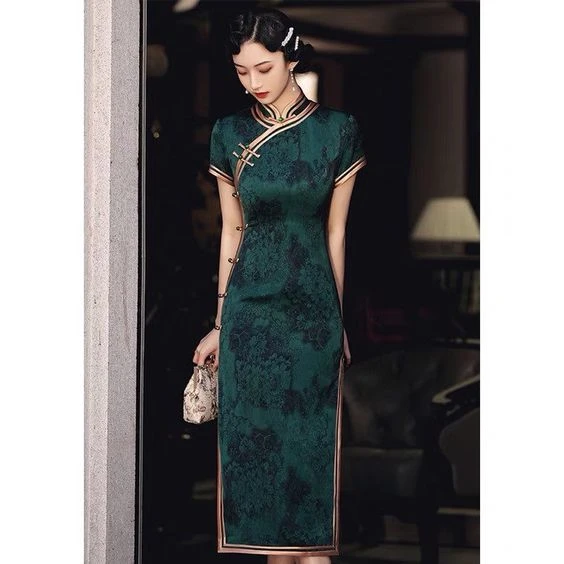

amazing😍👍
For me, it was a very clear and easy to understand article. I can quickly grasp the differences between these dynasties' costumes.
But I found that the hanfu between dynasties is somewhat similar, but eventually, the ming or qing dynasty costumes developed a completely different form than the han dynasty.